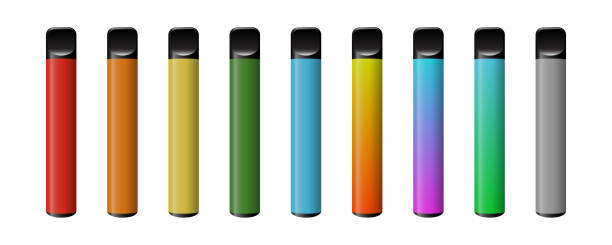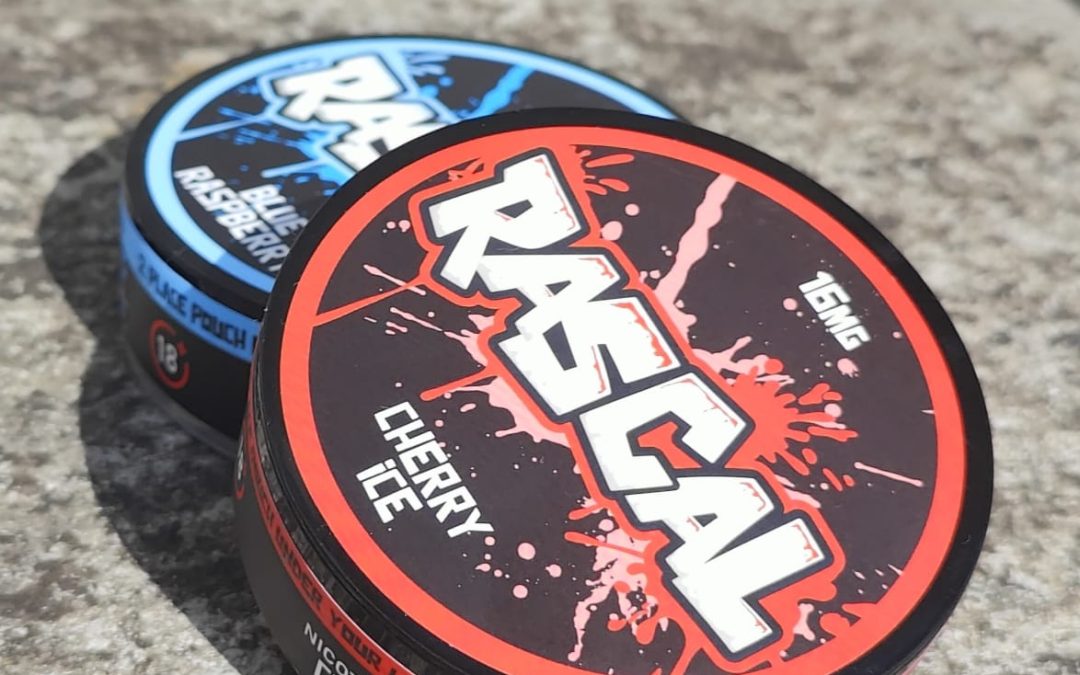
In a significant move affecting the vaping industry, the Irish government has announced the introduction of a new tax on vape and e-cigarette products starting next year. This new vape tax in Ireland, set to take effect in 2025, has sparked considerable discussion among consumers, retailers, and public health experts alike.
Details of the New Vape Tax in Ireland
As reported by The Irish Times, the new tax will apply to all vape and e-cigarette products, including both devices and the e-liquids used within them. The specifics of the tax rates have yet to be fully disclosed, but the government aims to generate additional revenue while also addressing public health concerns related to vaping, particularly among younger demographics.
Government Rationale
The introduction of this tax is part of a broader strategy to regulate the vaping industry more stringently. Health Minister Stephen Donnelly emphasized that the move is designed to curb the increasing use of vape products among teenagers and young adults. By increasing the cost of these products, the government hopes to make them less accessible and less appealing to younger users.
Impact on Consumers
For consumers, this new tax will likely result in higher prices for vape and e-cigarette products. Those who have turned to vaping as an alternative to traditional smoking might find their expenses increasing, which could affect their choice of using these products as a harm reduction tool. While the exact financial impact will depend on the final tax rates, it’s clear that consumers will need to prepare for changes in their budget for vaping supplies.
Impact on Retailers and the Industry
Retailers and manufacturers in the vaping industry are also bracing for the impact of this new tax. The increased costs may reduce the overall demand for vape products, potentially affecting sales and profitability. Smaller businesses, in particular, may find it challenging to absorb the additional costs or pass them on to consumers without losing a competitive edge.
Public Health Perspective
Public health advocates have largely welcomed the new tax as a positive step toward reducing the prevalence of vaping among young people. Studies have shown that higher prices can deter usage, particularly among price-sensitive groups like teenagers. By making vape products more expensive, the government aims to protect younger populations from the potential health risks associated with vaping.
Looking Ahead
As the implementation date approaches, stakeholders across the vaping industry will be closely monitoring further announcements from the government regarding the specifics of the tax. Consumers, retailers, and public health officials will all be assessing the potential impacts and adjusting their strategies accordingly.
For consumers, staying informed about the upcoming changes and exploring potential alternatives or adjustments in their vaping habits might be necessary. Retailers will need to strategize on how to navigate the new tax landscape, possibly by diversifying their product offerings or seeking efficiencies in their operations to mitigate the financial impact.
Both consumers and retailers could look into new products on the market that won’t be subject to vape taxes. Smokeless and tobacco-free products such as nicotine pouches might be an avenue for consumers as well as retailers.
Conclusion
The new tax on vape and e-cigarette products marks a significant shift in Ireland’s approach to regulating the vaping industry. While aimed at improving public health outcomes, particularly among young people, it will have wide-reaching effects on consumers and businesses alike. As 2025 approaches, keeping abreast of developments and preparing for the changes will be essential for all parties involved in the vaping community.
For further details on the new tax and its implications, you can read the full article on The Irish Times here.




